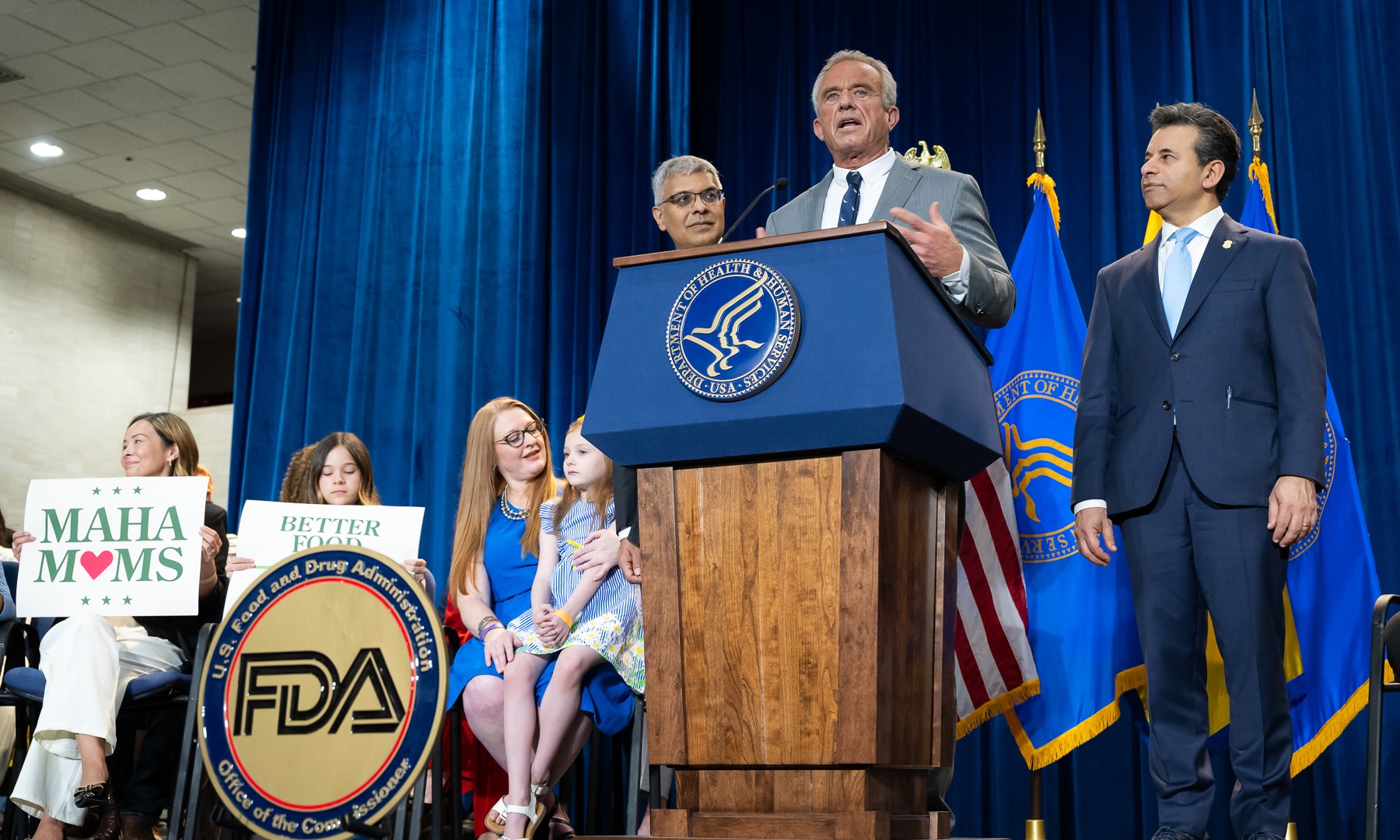Burnout is a multidimensional phenomenon characterized by emotional exhaustion, depersonalization, and a diminished sense of personal accomplishment. This condition primarily arises in contexts of chronic workplace stress that has not been successfully managed but is now recognized in various domains beyond traditional employment environments, such as academia, caregiving, and even in high-pressure sports.
In the 1970s, the phrase was initially introduced by psychologist Herbert Freudenberger, who noticed a trend of exhaustion and skepticism among those in the healthcare field. Throughout the years, as contemporary work environments have changed, burnout has been recognized as a significant occupational risk, leading companies and scholars to examine its causes, effects, and remedies.
Signs and Indications of Burnout
Burnout can manifest through different symptoms affecting the physical, emotional, and behavioral aspects of a person. Emotional exhaustion is likely the most evident, characterized by constant sensations of fatigue, stress, or an inability to handle tasks. People frequently express feelings of skepticism or detachment from their duties, occasionally referred to as depersonalization. There is also often a significant decline in productivity or sense of effectiveness, which amplifies a negative self-view.
Other symptoms include frequent headaches, gastrointestinal problems, insomnia, irritability, and increased susceptibility to colds. Mentally, individuals might struggle with concentration, grow impatient with colleagues, and experience a collapse in their motivation. Burnout, differing from routine stress, is persistent and can result in significant changes in personality and quality of life.
Key Factors Leading to Burnout
Several systemic and personal factors contribute to the development of burnout:
1. Excessive Workload: Heavy workloads and unrealistic deadlines are significant contributors. Employees facing unmanageable demands, particularly in competitive settings, are at an increased risk.
2. Absence of Authority: Restricted independence in making decisions induces a feeling of powerlessness. This situation is common in organizations with hierarchical management where employee contributions are minimal.
3. Lack of Adequate Compensation: When workers perceive that their efforts go unnoticed, either monetarily or through appreciation, their drive diminishes.
4. Breakdown of Community: Poor workplace relationships, lack of support, and social isolation often act as accelerants.
5. Conflict of Values: A mismatch between individual and company values leads to dissatisfaction, especially in professions with ethical challenges like medicine and law.
6. Unclear Job Expectations: Ambiguity and changes in roles can fuel anxiety and erode confidence.
Studies have demonstrated that novice doctors frequently encounter burnout more often because of consistently high-pressure settings, rotating schedules, and restricted ability to manage their time. A significant report published in the medical journal The Lancet revealed that approximately 40% of medical personnel reported high burnout rates after the pandemic, connecting it directly to extended periods of stress.
The Effects of Exhaustion
The repercussions of burnout extend far beyond the individual. Corporations face substantial losses due to decreased productivity, elevated absenteeism, and high employee turnover. The World Health Organization recognized burnout as an occupational phenomenon in 2019, underscoring its severe public health implications.
On a personal level, chronic burnout has been linked to depression, substance abuse, increased risk of cardiovascular diseases, and a general decline in well-being. Prolonged exposure without intervention can perpetuate cycles of disengagement and can erode personal relationships.
Strategies for Prevention
Considering its complex nature, avoiding burnout requires actions targeting both personal and company levels.
1. Fostering a Culture of Open Communication: Organizations should cultivate an environment where employees can voice concerns without fear. Mechanisms such as regular check-ins, anonymous feedback channels, and mentorship programs help employees feel heard and valued.
2. Promoting Work-Life Balance: Flexible scheduling, the availability of remote work, and encouraging the use of vacation days enable workers to recharge. Policies that support manageable workloads ensure that employees are not perpetually overextended.
3. Defining Roles and Expectations Clearly: Open discussions about job duties and performance standards help reduce stress and misunderstandings. Leaders ought to work with their groups to establish realistic objectives.
4. Providing Opportunities for Growth: Ongoing professional development, coaching, and pathways for advancement enhance job satisfaction and mitigate feelings of stagnation.
5. Establishing Social Bonds: Workplace social support, including activities for team cohesion, peer groups, or collaborative projects, enhances feelings of belonging and resilience.
6. Promoting Self-care and Mindfulness: For personal well-being, incorporating consistent exercise routines, sufficient rest, and balanced diet creates a strong base. Practices like meditation, keeping a journal, and getting professional support when necessary can help alleviate stress and prevent emotional burnout.
The latest statistics from a comprehensive investigation by the American Psychological Association indicate that businesses implementing strong mental health initiatives experience a 25% decrease in absenteeism due to burnout, underlining the concrete advantages of such organizational efforts.
Case Example: Tech Industry Approach
Silicon Valley enterprises have emerged as key examples in addressing burnout. For instance, a renowned tech corporation set up a compulsory “unplug” rule, obligating staff to fully refrain from checking work emails during non-working hours and holidays. Feedback from exit interviews showed a noticeable decrease in instances of burnout, while employee contentment scores increased. This highlights the beneficial changes that can happen when companies focus on employee well-being rather than constant productivity.
Navigating Burnout in Modern Society
As the nature of work continues to evolve, awareness and proactive management of burnout have emerged as critical elements in individual and organizational sustainability. Real solutions arise from recognizing the interplay between structural factors and personal boundaries, inviting both leaders and employees to participate actively in shaping healthier environments. In the ongoing quest for fulfillment and productivity, investing in emotional and psychological resilience remains as crucial as acquiring technical skills. Recognizing the signals and embracing preventive strategies can transform workplaces into thriving spaces where both innovation and well-being coexist.



